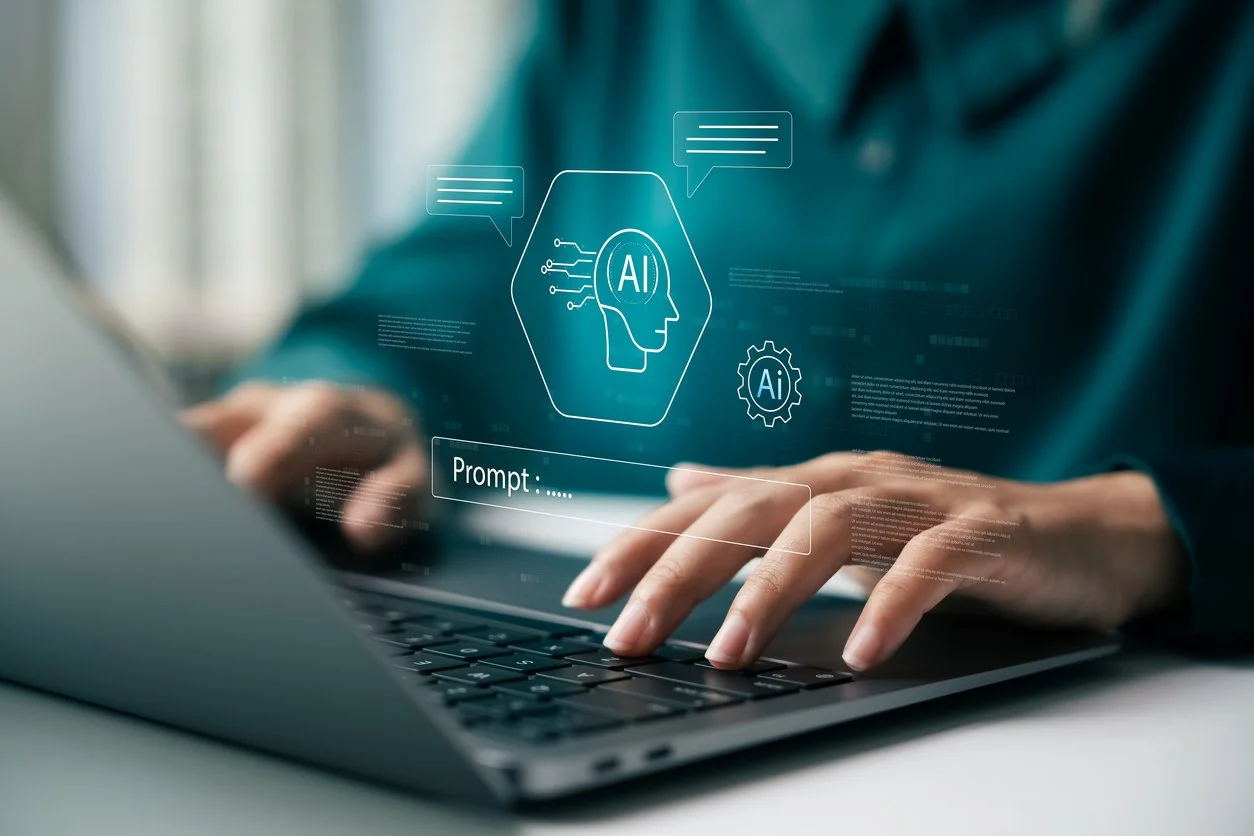How AI is Transforming Decision-Making
Artificial intelligence (AI) is rapidly growing, but no matter how capable it becomes, human discernment will always be needed—and that’s where leadership comes in. AI should be viewed as an assistant. It can pull together information in a matter of seconds, preview options, and tackle routine work so you, the leader, can stay focused on the human side of the business. AI won’t replace leaders, but it is a tool to be utilized by leaders.
In this article, we cover how AI can help leaders make decisions faster, how it reduces bias, and what leaders should be aware of when factoring it into their decision-making.
Key Takeaways
AI helps leaders make faster decisions by turning scattered updates into clear, timely briefs so teams act without delay.
AI improves decision quality by surfacing patterns and trade-offs across customers, operations, and teams.
AI reduces bias when paired with clear guardrails: verify sources, check accuracy, and add diverse human review before high impact moves.
AI protects a leader’s focus by drafting routine work—summaries, comparisons, and reports—so you spend more time on strategy and people.
AI remains an assistant, not a decider; human judgment and conviction must guide every important choice.
How does AI help leaders make decisions faster?
AI can save you time. Instead of digging through decks or waiting on email updates, you can request a quick decision brief that shows what’s on track, what changed, and what needs your decision. Before a meeting starts, AI can run comparisons, highlighting how one option versus another might affect timing, cost, or customer experience so that you can walk in with a clear point of view. The result is less time hunting for information, fewer “let’s circle back” moments, and faster decisions your team can execute upon immediately.
How does AI help leaders reduce bias in decision-making?
Bias creeps in when we rely on the same inputs, the most current story, or the loudest voice in the room. AI widens the lens by surfacing patterns across customers, operations, and team data that a single conversation might miss. It also makes trade-offs visible—for example, revealing how a choice that helps one region could slow response times elsewhere.
But AI should never replace the wisdom that comes from people. The best decisions require listening to your clients, your team, and your peers—perspectives no algorithm can replicate. AI is most effective when it works alongside human intelligence: surfacing insights you might overlook while you continue to ask questions, invite diverse viewpoints, and weigh the real-world impact.
To keep this helpful and safe, treat AI’s output as an informed draft, not a verdict. Ask it to cite sources and scan them yourself, especially when numbers or dates are involved. And for big decisions, bring in a couple of outside voices to gain fresh perspective before acting. When used in this way, AI won’t decide for you—it will challenge your assumptions, counter your blind spots, and strengthen the fairness and quality of your decisions.
What should leaders be aware of when using AI in decision-making?
AI is improving quickly, but it can still hallucinate, miss context, or present outdated information as fact. Think of it as a capable assistant whose work you always review. Ask for sources and verify them. Validate facts, statistics, and dates before sharing or acting. Be thoughtful about data: avoid feeding sensitive information into consumer tools, ensure your AI systems are private for your company, and work with your team to define what’s safe to use. Document where AI assists and where a human always approves. You, the human leader, must always get final say. AI can speed the journey and improve the inputs, but you own the outcome.
Where Coaching and AI Intersect
While AI can accelerate how you gather and process information, coaching helps ensure you use those insights wisely. Tools can provide data, but trusted thought partnership helps you apply it with clarity, alignment, and conviction. Our coaches work with leaders to integrate technology in ways that honor their values, reduce overwhelm, and strengthen both decision quality and leadership impact. AI makes you faster; coaching makes you wiser. Together, they keep you focused on leading people, not just processing information.
Integrating AI to Fit Your Values
AI helps leaders move faster by surfacing the right information at the right time, reduces bias by widening the data you consider, and handles routine work so you can focus on strategy and people. The common thread is responsibility—be transparent, verify, and always prioritize human review. If you want help integrating AI in a way that honors your convictions, strengthens your leadership, and drives results, then reach out to discuss our coaching offerings and learn more at the button below.
Frequently Asked Questions
How does AI help leaders make decisions faster?
It assembles the right facts at the right time. AI creates quick decision briefs and simple comparisons, so you move from update to action.Can AI reduce bias in my decisions?
Yes, when used with guardrails. AI broadens inputs and makes trade-offs visible, but leaders must verify sources and add human review.Should I trust AI outputs without checking them?
No. Always verify sources, dates, and numbers. Treat AI’s work as a draft you review, especially for customer-facing or high-impact calls.Will AI replace leaders?
No. AI tackles routine work and offers helpful analysis, but leaders provide context and get final say on decisions.

